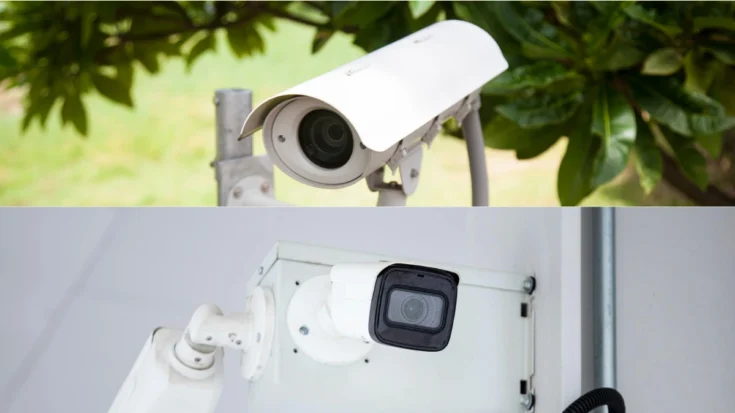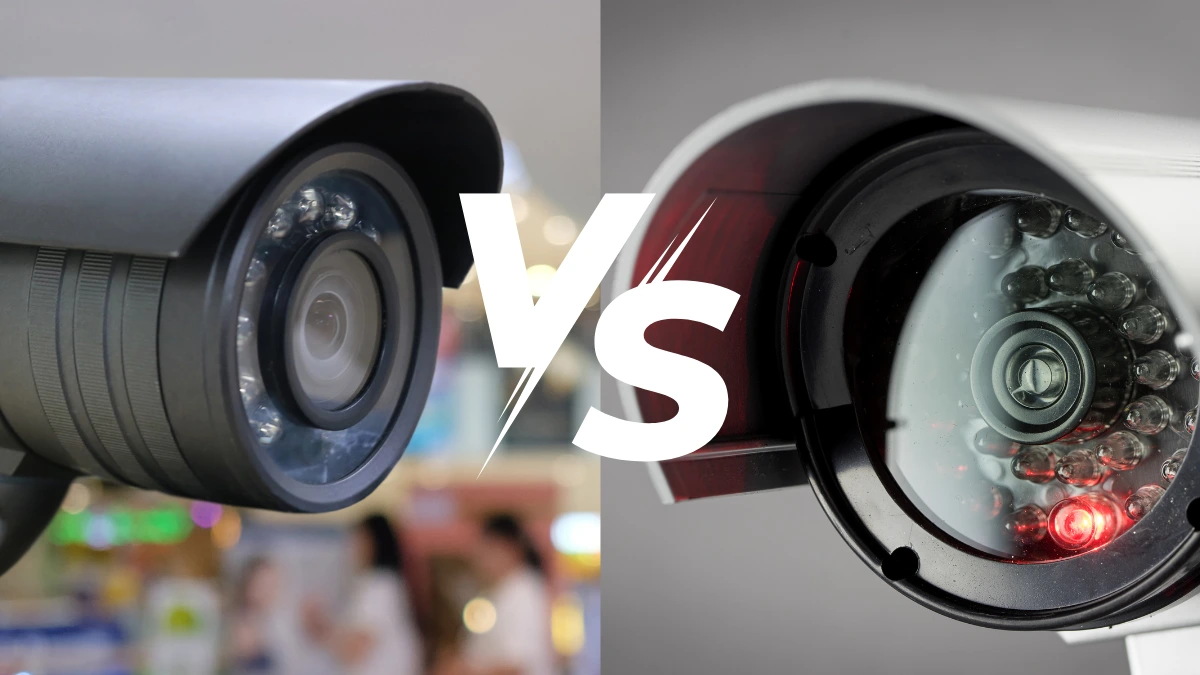The significant difference between IP security camera vs analog CCTV is the aspect that they have. IP security cameras are more easy than analog CCTV cameras.
Although both are used to create good security control, some aspects of IP security camera vs analog CCTV differ.
This article will inform you of the differences between IP security camera vs analog CCTV for you to consider before determining the right device for your security control.
Also Read
Table of Contents
What is IP CCTV?

IP (Internet Protocol) CCTV is a digital camera system that is directly connected via an Internet network or local network (LAN). The video recordings are saved directly to cloud storage, NVR (Network Video Recorder), or server. Recordings from IP CCTV also support high resolution up to 4K.
IP CCTV also allows users to access videos remotely flexibly from various devices such as computers, tablets, or smartphones. With the support of integration with smart security systems, this system is ideal for more complex and sophisticated surveillance.
What is Analog CCTV?

Analog CCTV is a type of surveillance camera that has been used for many years. Analog CCTV technology is still relatively old, using analog video signals and coaxial cables to transmit images to recording devices.
Images from analog cameras are captured in the form of analog signals, then converted to digital to be stored by a recording device such as a DVR (Digital Video Recorder).
Although with limited resolution (usually SD to HD), analog CCTV is still a common choice due to its lower cost and relatively simple installation. Hence, analog cameras are still relevant for basic surveillance needs.
The Difference of IP Security Camera vs Analog CCTV

IP CCTV and analog CCTV are both used to create good security control, but they are different in some aspects. Here are seven fundamental differences between IP security camera vs analog CCTV:
1. Technology and connectivity
IP CCTV: Using the internet or local network (LAN) directly connected to cloud storage, NVR, servers, computers, tablets, or smartphones.
Analog CCTV: Uses analog signals and coaxial cables to transmit images to a recording device, usually a DVR.
2. Image quality
IP CCTV: Offers high and better image quality, often supporting HD, Full HD, and up to 4K resolutions.
Analog CCTV: Low and more limited image quality, usually only supporting SD resolution up to a maximum of HD.
3. Data storage
IP CCTV: Video data can be stored on a server, cloud, or storage device such as an NVR or NAS.
Analog CCTV: Video data can only be stored on the DVR directly connected to the camera.
4. Remote access
IP CCTV: Has easy access via the internet and allows to access and monitor video in real-time via mobile applications or web devices.
Analog CCTV: Has limited access, to perform remote monitoring requires additional devices such as encoders and decoders.
5. Scalability
IP CCTV: Has scalability that is easy to manage and easy to add.
Analog CCTV: Has limited scalability.
6. Installation
IP CCTV: Installation is easier and more flexible, power and data can be transmitted through a single cable using Power over Ethernet (PoE).
Analog CCTV: Separate cabling for power and video, plus the need for a DVR to record data makes installation a little more complicated.
7. Price
IP CCTV: With its convenience and features, it certainly makes the price more expensive.
Analog CCTV: Lower price with limited features.
That’s the difference between IP security camera vs analog CCTV that can be your consideration in choosing according to your personal needs.
If you want to have much easy, IP CCTV is a good choice that can make you more effective at using a device that can connect with another device. However, if you just need a simple security control, you can just choose an analog CCTV.


















